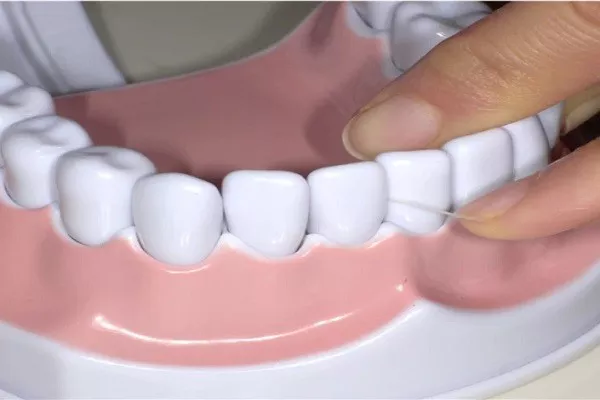When faced with a damaged or decayed tooth, you may wonder whether a filling or a crown is the better option for restoration. Both fillings and crowns are common dental treatments used to repair teeth, but they serve different purposes and have distinct advantages. Understanding the differences and benefits of each can help you make an informed decision in collaboration with your dentist. In this comprehensive guide, we’ll explore the key factors to consider when choosing between a filling and a crown for your dental restoration.
The Role of Fillings
Dental fillings are a common and minimally invasive treatment used to repair small to moderate cavities caused by tooth decay. They involve removing the decayed portion of the tooth and filling the resulting void with a suitable dental material. Here’s what you need to know about fillings:
Materials: Dental fillings are typically made from various materials, including amalgam (a mixture of metals), composite resin (tooth-colored material), glass ionomer, and gold. The choice of material depends on factors such as the location of the cavity, cost considerations, and aesthetic preferences.
Purpose: Fillings are primarily used for small to moderate cavities where the decay has not compromised the structural integrity of the tooth. They help restore the tooth’s function, prevent further decay, and provide a natural appearance when tooth-colored materials are used.
Procedure: The process of getting a filling involves numbing the affected tooth, removing the decayed portion with a dental drill, and then filling the cavity with the chosen material. The filling is shaped and polished to ensure a proper bite.
Advantages: Dental fillings are less invasive and require less removal of healthy tooth structure compared to crowns. They are also cost-effective and can be completed in a single dental visit.
The Role of Crowns
Dental crowns, also known as “caps,” are custom-made restorations that cover the entire visible portion of a damaged or weakened tooth above the gumline. Crowns are used for more extensive dental repairs and have specific characteristics:
Materials: Crowns can be made from various materials, including porcelain, ceramic, metal alloys (such as gold or stainless steel), and porcelain-fused-to-metal (PFM). The choice of material depends on factors like the location of the tooth, aesthetics, and functional requirements.
Purpose: Crowns are employed for a range of dental issues, including:
- Protecting a weakened or cracked tooth from further damage.
- Restoring a tooth that has undergone root canal treatment.
- Covering a misshapen or severely discolored tooth.
- Anchoring a dental bridge in place.
- Capping dental implants.
Procedure: Getting a dental crown typically involves two dental visits. During the first visit, the dentist prepares the tooth by removing damaged or decayed portions, reshaping it to accommodate the crown, and taking impressions. A temporary crown is placed while the permanent one is fabricated in a dental laboratory. In the second visit, the permanent crown is cemented onto the prepared tooth.
Advantages: Crowns provide superior protection and support for damaged or weakened teeth. They can be customized to match the color and appearance of your natural teeth, making them a durable and aesthetic choice.
Choosing Between a Filling and a Crown
The decision between a filling and a crown depends on several crucial factors:
Extent of Damage: The size and severity of the damage or decay play a significant role in determining the appropriate treatment. Fillings are suitable for small to moderate cavities, while crowns are reserved for more extensive damage or weakened teeth.
Location of the Tooth: The location of the affected tooth in your mouth can influence the choice between a filling and a crown. Molars, which bear the brunt of chewing forces, may require crowns for added strength and durability.
Aesthetic Considerations: If the damaged tooth is visible when you smile, you may prefer a tooth-colored filling for aesthetic reasons. However, crowns can also be matched to your natural tooth color for a seamless appearance.
Strength and Durability: Crowns offer superior strength and support, making them ideal for protecting weakened teeth. If a tooth has a significant portion removed due to decay or damage, a crown may be the better choice for long-term durability.
Dentist’s Recommendation: Ultimately, your dentist’s assessment and recommendation should guide your decision. Dentists consider the specific circumstances of your case and recommend the treatment that will best address your dental needs.
Conclusion
Deciding between a filling and a crown involves assessing the extent of damage, location of the affected tooth, aesthetic preferences, and your dentist’s recommendation. Fillings are suitable for smaller cavities, while crowns provide addedstrength and protection for more extensive damage or weakened teeth. Consulting with your dentist is essential to determine the most appropriate and effective restoration for your unique dental situation, ensuring the long-term health and functionality of your smile.
Related Topics:






























